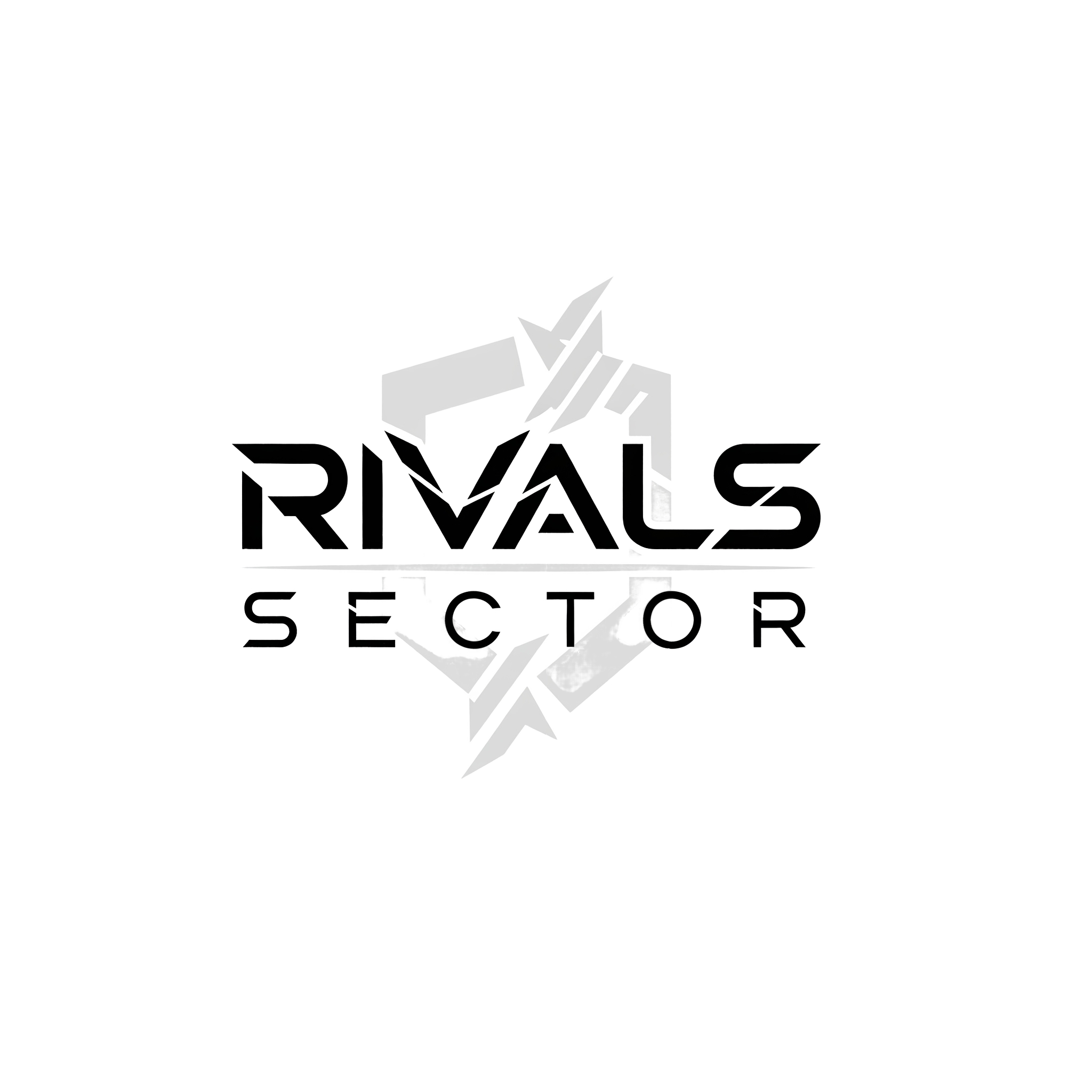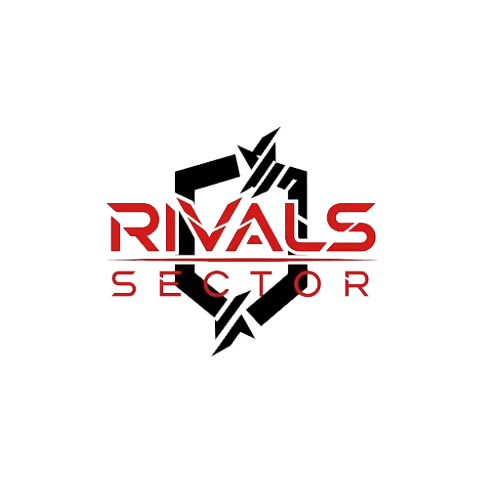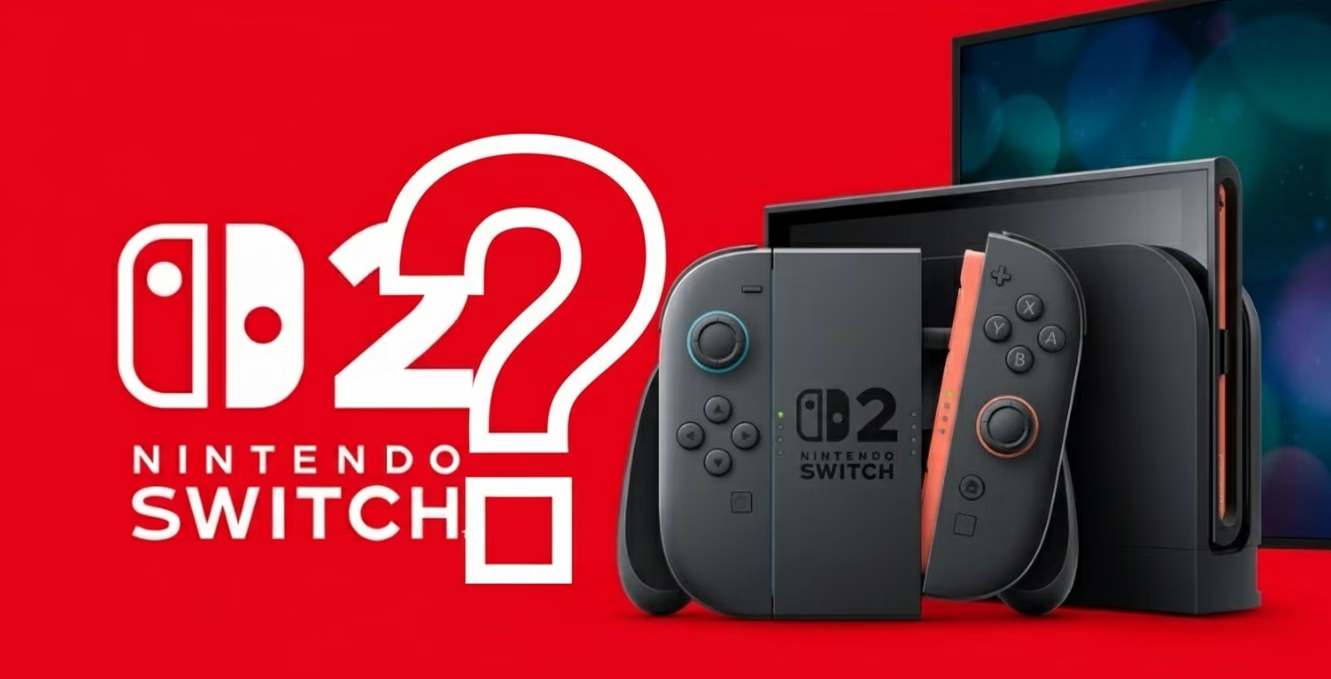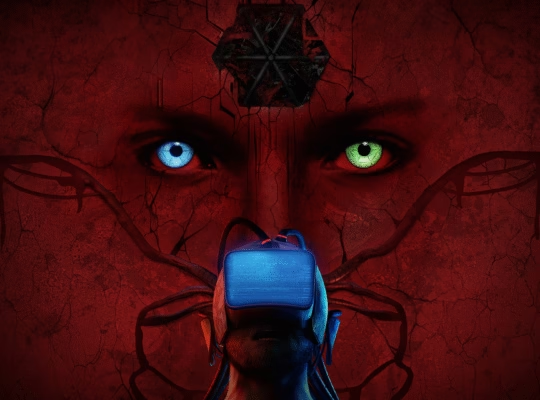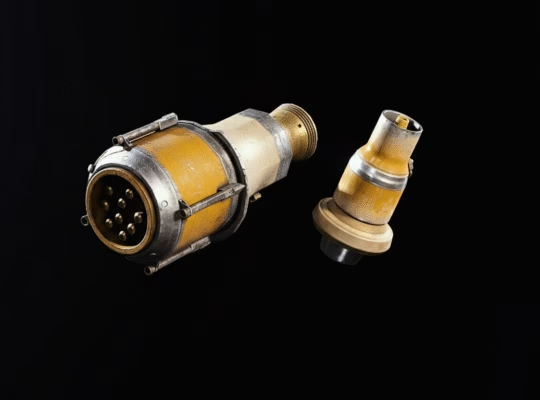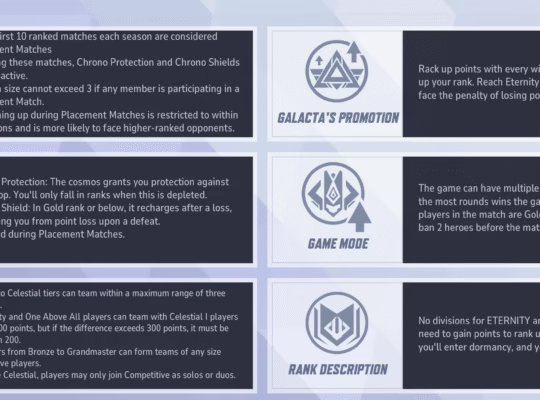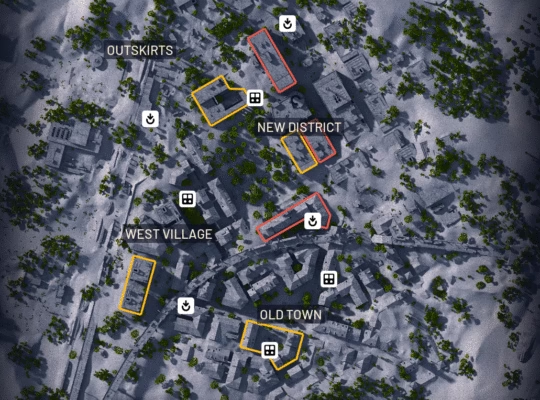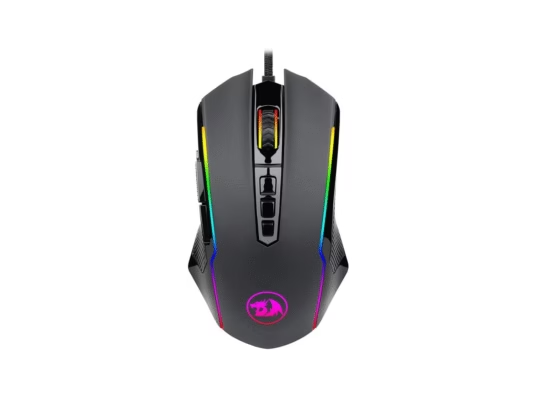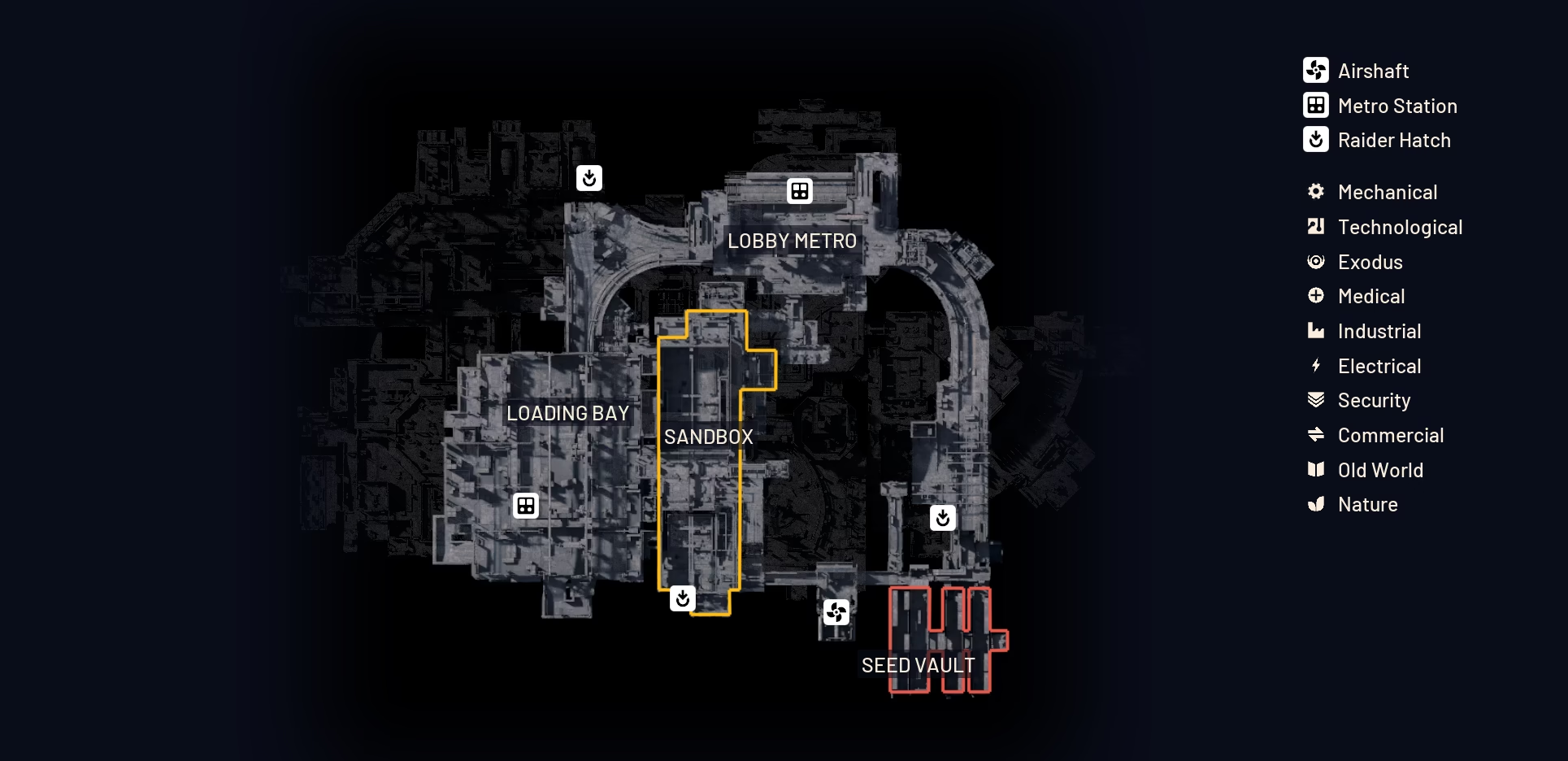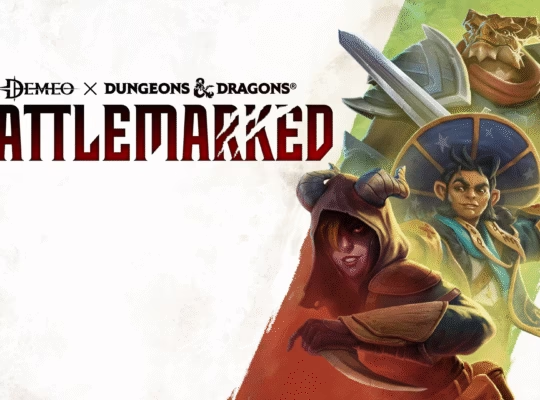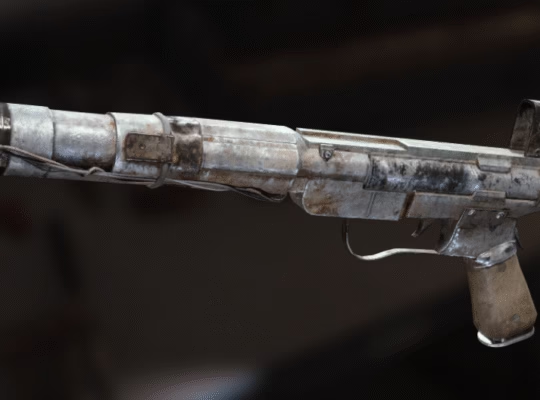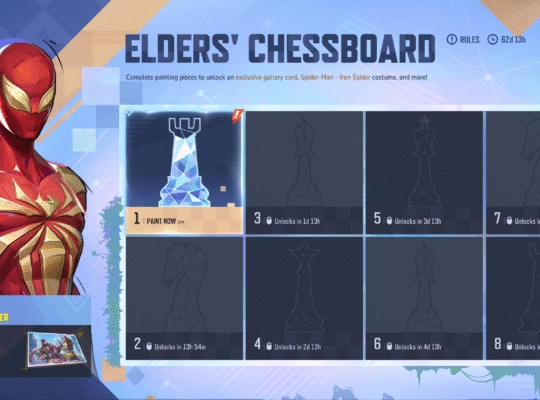When a high profile, free to play hero shooter like Marvel Rivals launches on modern consoles and PC, many players naturally ask if the game might arrive on other platforms, especially one as popular as Nintendo hardware. Fans of Marvel characters and competitive shooters have been particularly curious about whether Marvel Rivals will come to the Nintendo Switch 2. This question is not purely technical, it also involves business calculations, player expectations, and community dynamics. The answer is probably not straightforward, and it likely depends on a mix of performance tests, resource prioritization, and market strategy, so this article explores those factors in depth and presents a balanced view that acknowledges uncertainty and competing perspectives.
| Platform status | Developer position | Technical bar | Community hopes |
| PlayStation 5, Xbox Series X | S, PC, live | Developers say open to Switch 2, conditional on performance | Must run smoothly to be accepted by competitive players |
| Original Nintendo Switch | Not supported, performance concerns cited | Lacked memory and GPU headroom | Community disappointed but understanding |
| Switch 2, rumored specs | Potentially suitable, more RAM and stronger GPU expected | Dev kits required to confirm real world performance | High interest, many request cross progress and parity |
Developer Position And Statements, Examined At Length
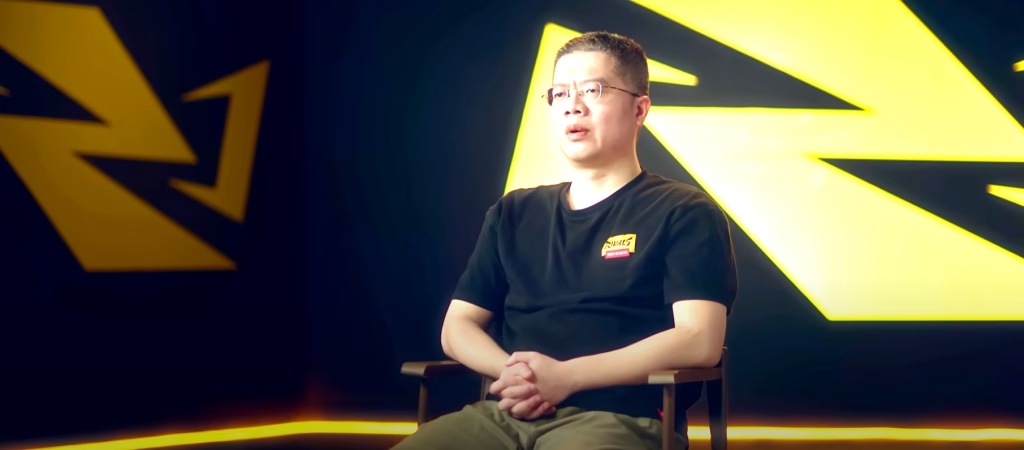
NetEase, the studio behind Marvel Rivals, has communicated a cautious openness toward porting to newer hardware, but they are also clear about conditions. The development team has suggested they would consider a Switch 2 version if they can obtain development kits and if the hardware can deliver an experience that meets their internal performance standards. This is important because hero shooters of this type are often judged by frame rate, input latency, and visual clarity, and any meaningful degradation can affect competitive balance and player retention.
What this suggests in practical terms is that the developer is probably keeping an eye on the Switch 2 hardware, while avoiding any commitment that might force a compromised product. From a business perspective, that approach makes sense – a poor port can damage a live service game more than the absence of a port, because balancing and match fairness are more complicated when one platform underperforms relative to others. At the same time, porting to a new Nintendo console could expand the player base and increase microtransaction revenues, assuming the game maintains parity in content and progression systems.
Some experts at Rivals Sector think the decision will also be influenced by projected return on investment, because optimization for a particular architecture can require significant engineering hours. Others note that technical middleware and cross platform engines are improving, which might reduce porting costs compared to previous console generations. It is also likely that NetEase will consider player expectations – if a portion of the community demands cross progression or cross play, the studio might see greater value in investing in a Switch 2 port that supports those features.
Technical Feasibility, With Nuance And Caveats
The original Nintendo Switch was constrained by relatively modest CPU, GPU, and memory resources, and many developers judged it unsuitable for high performance competitive shooters without substantial compromises. The Switch 2 is expected to be a meaningful step up in raw specifications – more RAM, a stronger GPU, faster storage – but specifications on paper do not always translate to flawless performance in real world, multiplayer, high tick rate environments.
Porting a live shooter requires careful attention to sustained frame rates, stable network code, and consistent input responsiveness. It is possible that the Switch 2 will be capable of running Marvel Rivals at acceptable fidelity for handheld or docked modes, but that will likely require optimization work. Optimizations could range from tuning shaders, reducing particle complexity, and adjusting level of detail systems, to more involved engineering changes such as reworking network interpolation buffers or reconfiguring physics tick rates for lower end hardware. Each of those changes can introduce edge cases that require additional testing across many hardware instances.
Some developers try alternative approaches, like cloud streaming, if local performance is problematic. Streaming the game from remote servers can preserve parity with other platforms, but it brings other constraints such as input latency, variable connection quality, and potential cost increases for the studio. It is worth noting that cloud streaming might suit players with excellent connections, but it may not be a broadly acceptable solution for a competitive title where split second reactions matter.
The technical path forward therefore looks feasible, but not guaranteed, and it probably requires dev kits, a willingness to invest optimization time, and a decision whether to accept any tradeoffs for the handheld experience.
Community Expectations And Social Dynamics
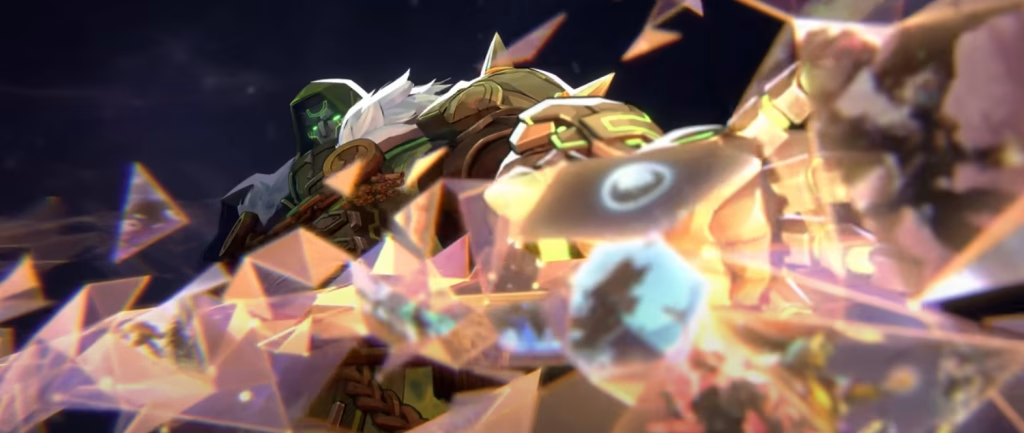
The player community tends to be enthusiastic when a game expands to a new platform, but this enthusiasm is often coupled with practical demands, including cross progression and competitive parity. Players who have invested time or money on other platforms are likely to request that their progress and purchases be available on Switch 2 if a port happens. This expectation is reasonable, and it is also technically feasible in many modern ecosystems, but it adds another layer of integration and testing for developers.
There are also competitive concerns, because input devices vary across platforms. Console players with high refresh rate displays and precise controllers may perceive handheld inputs as a disadvantage, and vice versa. Developers will need to account for these differences in matchmaking, or provide adequate aim assist and tuning so that the experience feels fair across platforms. Some players argue for platform specific matchmaking pools until balance can be ensured, while others advocate for true cross play with careful smoothing of input disparities.
Community sentiment will probably influence developer decisions, because a large and vocal user base can make a port more attractive commercially. Yet studios often balance community desires with the technical realities and the size of the potential user base on the new platform. If Nintendo’s install base for the Switch 2 proves strong, and early benchmarks show competent performance, community pressure could tip the scales toward a release.
Practical Timeline Considerations, Realistic Scenarios
If the studio already has early access to Switch 2 development hardware, and if performance benchmarks look promising, a realistic timeline might place an announcement and a subsequent release within several months to a year after those tests complete. On the other hand, if dev kits are delayed, or if optimization proves costly, the timeline could extend into a much longer window, or the port could be deprioritized in favor of other platforms or features.
It is also plausible that the developers will stage the release, for example by launching a limited test or beta on Switch 2 to gather metrics, tweak matchmaking, and ensure servers scale correctly. That kind of phased approach reduces risk and provides more empirical evidence to guide a full launch. In contrast, a simultaneous global release would require confidence that all systems are robust, which is more challenging.
Some industry observers expect a cautious path with staged testing and gradual rollout, especially for a live, competitive title. There is also the possibility of regional testing first, to limit scope while still collecting meaningful data.
Outlook And Balanced Assessment
Putting the pieces together, the likeliest outcome seems to be conditional approval by the developer, meaning Marvel Rivals may come to Switch 2 if and when the hardware proves capable and the business case supports the investment. This is not a definitive yes, and it is far from a guaranteed no, so readers should consider the possibility probable but not inevitable.
Some experts in the community argue that if the Switch 2 approximates current generation consoles in a meaningful way, studios will increasingly support it. Others point out that live games with tight competitive windows sometimes avoid fragmenting their player base, so a decision will weigh the risk of platform fragmentation against the benefit of increased reach.
It is also plausible that the developers prioritize parity features like cross saves and shared progression to avoid alienating existing players, and that could either accelerate or delay the release based on the complexity of those systems.
Final Thoughts
Marvel Rivals coming to Nintendo Switch 2 remains a plausible scenario, but one that is conditional on multiple factors. Developers are likely to proceed only if they can achieve acceptable performance and preserve competitive integrity, and if the economics of porting justify the effort. Fans should remain cautiously optimistic, but also prepared for delays or additional requirements such as cross progression agreements. Continued monitoring of official developer statements and performance benchmarks will be necessary to convert probability into certainty, and readers are encouraged to follow updates from the game studio and hardware announcements as new information emerges.
